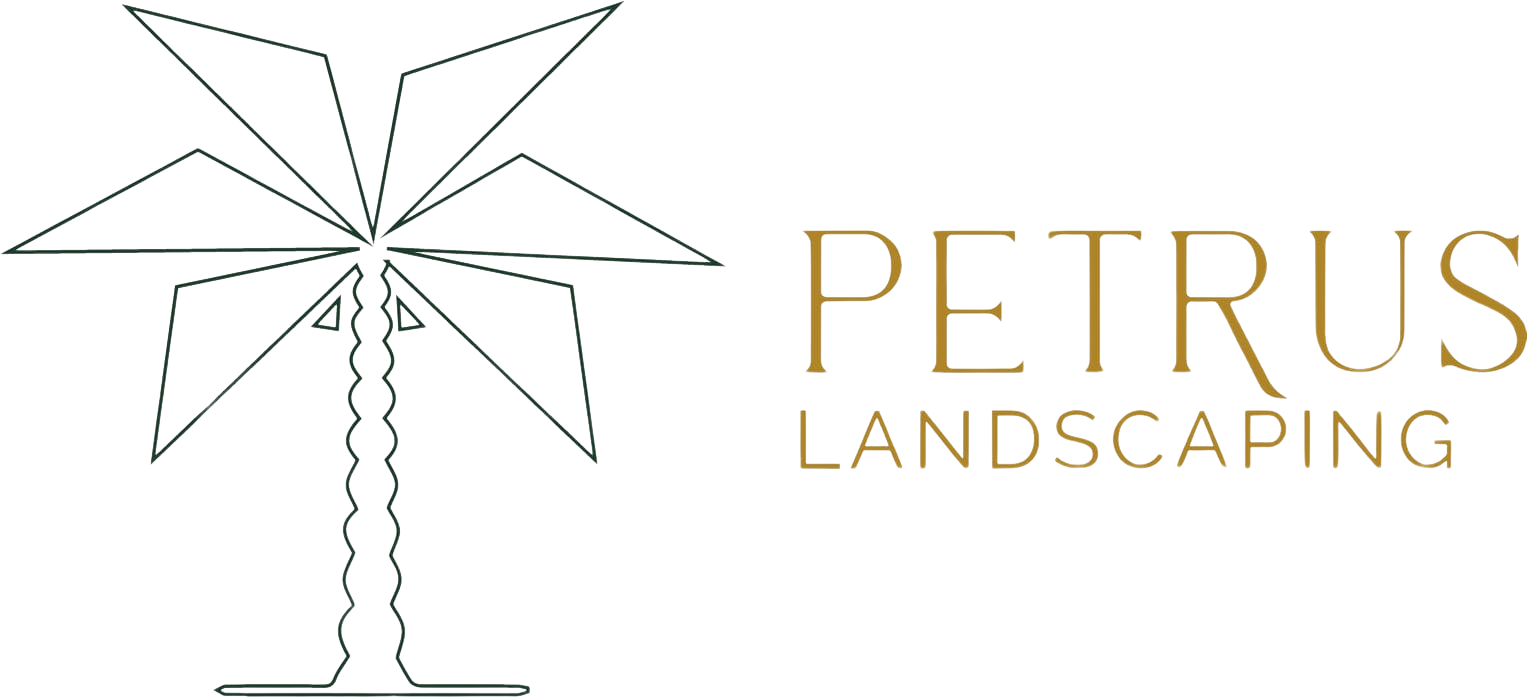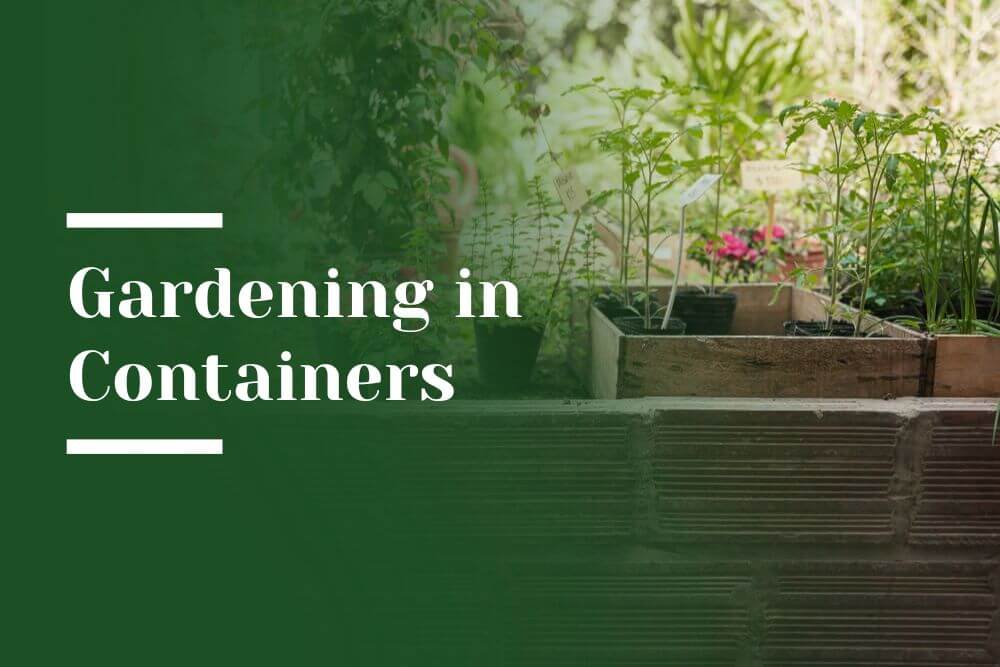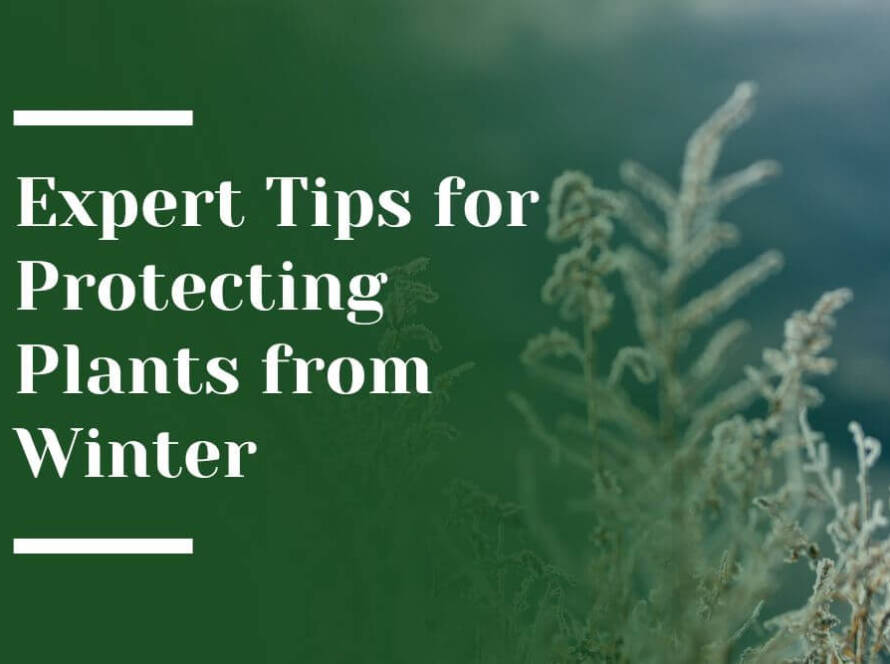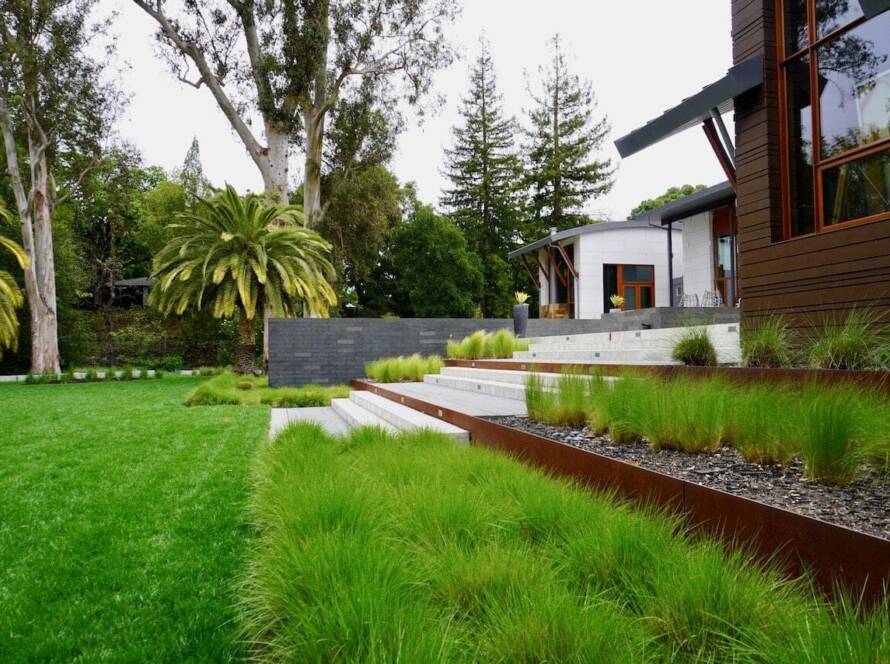Gardening in containers has revolutionized the way individuals with limited outdoor space can enjoy the joys of gardening. Explore the world of container gardening, from choosing the right containers to selecting suitable plants and maximizing vertical space.
Container gardening involves growing plants in pots, containers, or other vessels rather than in traditional garden beds. It’s an ideal solution for individuals with limited outdoor space, allowing them to cultivate lush gardens on balconies, patios, and even windowsills in Atherton luxury landscape. Container gardening offers flexibility, versatility, and endless creative possibilities. Let’s look at container gardening ideas for small spaces.
I. Choosing the Right Containers
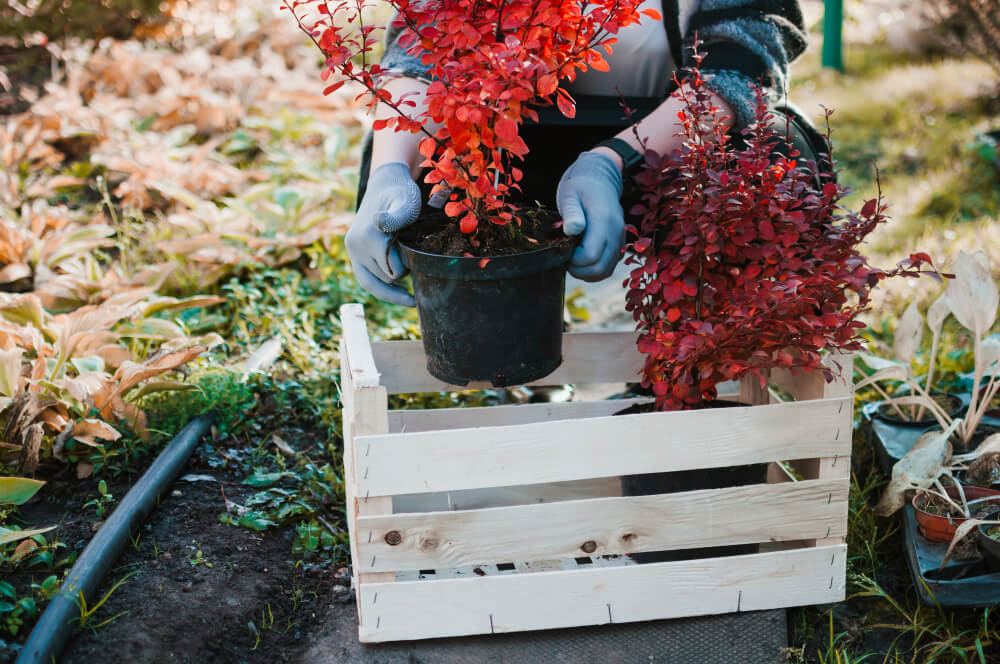
A. Factors to Consider When Selecting Containers:
- Size and Depth:
- Consider the mature size of the plants you intend to grow and choose containers that provide ample room for their root systems to develop.
- Deeper containers are ideal for plants with deep root systems, such as tomatoes or peppers, while shallow containers work well for shallow-rooted herbs or flowers.
- Material:
- Clay: Clay pots are classic and porous, allowing for better air circulation and water drainage. However, they can be heavy and may require more frequent watering.
- Plastic: Lightweight and durable, plastic pots are easy to move and come in a variety of sizes and colors. They retain moisture well but may not provide as much breathability for plant roots.
- Wood: Wooden containers add a natural and rustic charm to your garden. They provide good insulation for plant roots but may deteriorate over time and require maintenance to prevent rot.
- Metal: Metal containers, such as galvanized steel or copper, offer a modern and sleek aesthetic. They are durable but may heat up quickly in direct sunlight, affecting soil temperature.
- Drainage Capabilities:
- Proper drainage is essential to prevent waterlogging and root rot in container plants.
- Look for containers with drainage holes in the bottom to allow excess water to escape freely.
- Consider elevating containers on pot feet or adding a layer of gravel at the bottom to improve drainage.
B. Creative Container Options
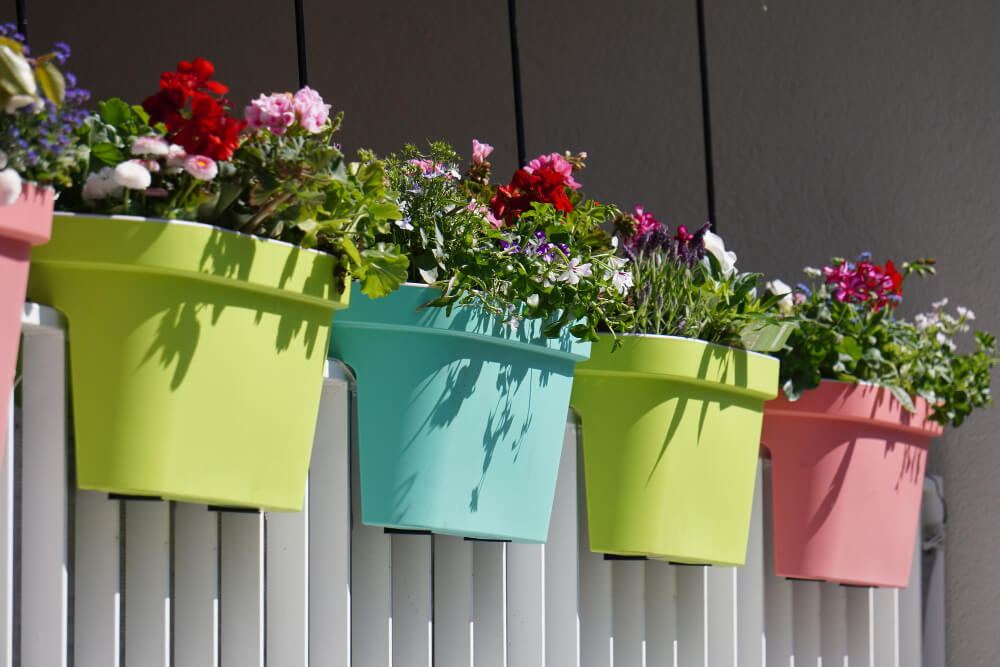
- Hanging Baskets: Hanging baskets are versatile and perfect for trailing plants like petunias or ivy. Hang them from hooks on porches, balconies, or pergolas to add vertical interest to your space.
- Wall-Mounted Planters: Wall-mounted planters are ideal for vertical gardening in small spaces. Install them on fences, walls, or trellises to create living walls filled with vibrant flowers or lush foliage.
- Repurposed Items: Get creative and repurpose everyday items like old buckets, tires, or teapots into unique planters. Not only does this add character to your garden, but it also gives new life to old objects.
- Window Boxes: Window boxes are a charming way to add greenery to windowsills or balcony railings. Plant them with herbs, flowers, or trailing vines to enhance your home’s curb appeal.
- Tiered Plant Stands: Tiered plant stands are an excellent space-saving solution for displaying multiple plants in a small area. Arrange plants of varying heights and sizes to create a visually appealing display.
II. Maximizing Vertical Space

A. Importance of Vertical Gardening in Small Spaces
In small outdoor areas like balconies, patios, or urban gardens, space is often limited. Vertical gardening offers a practical solution to maximize the available space and create lush greenery even in confined areas. By utilizing vertical space effectively, gardeners can enjoy the benefits of gardening without sacrificing precious square footage. Vertical gardens not only add visual interest to the environment but also provide opportunities for creativity and innovation in garden design.
B. Ideas for Utilizing Vertical Space Effectively
- Wall-Mounted Planters:
- Wall-mounted planters are an excellent way to transform vertical surfaces into living walls of greenery. These planters can be attached to fences, walls, or even the sides of buildings to add vertical interest to outdoor spaces.
- Choose lightweight and weather-resistant planters made from materials like metal, plastic, or fiberglass. Opt for designs that complement your existing decor and allow for easy installation and maintenance.
- Plant a variety of trailing vines, colorful flowers, or compact herbs in wall-mounted planters to create a visually stunning display. Consider mixing different plant species and arranging them in a harmonious composition for maximum impact.
- Trellises and Arbors:
- Trellises and arbors provide vertical support for climbing plants and add architectural interest to outdoor spaces. These structures can be freestanding or attached to walls or fences, depending on your preference and space availability.
- Choose sturdy and durable materials like wood, metal, or vinyl for your trellises and arbors. Consider designs that complement your garden style and provide adequate support for climbing plants.
- Train climbing plants like peas, beans, cucumbers, or flowering vines to grow vertically along trellises and arbors. Regularly prune and tie back the plants to encourage upward growth and prevent overcrowding.
- Hanging Baskets and Tiered Plant Stands:
- Hanging baskets and tiered plant stands are versatile options for adding vertical greenery to small outdoor spaces. These containers can be suspended from hooks, pergolas, or balcony railings to maximize vertical space.
- Choose lightweight and weather-resistant materials like plastic, metal, or woven baskets for hanging planters. Opt for tiered plant stands with multiple levels to create a layered effect and accommodate a variety of plant species.
- Plant cascading flowers, trailing vines, or compact herbs in hanging baskets and tiered plant stands to create a dynamic and eye-catching display. Group plants with similar light and water requirements together for easier maintenance and care.
III. Selecting Suitable Plants
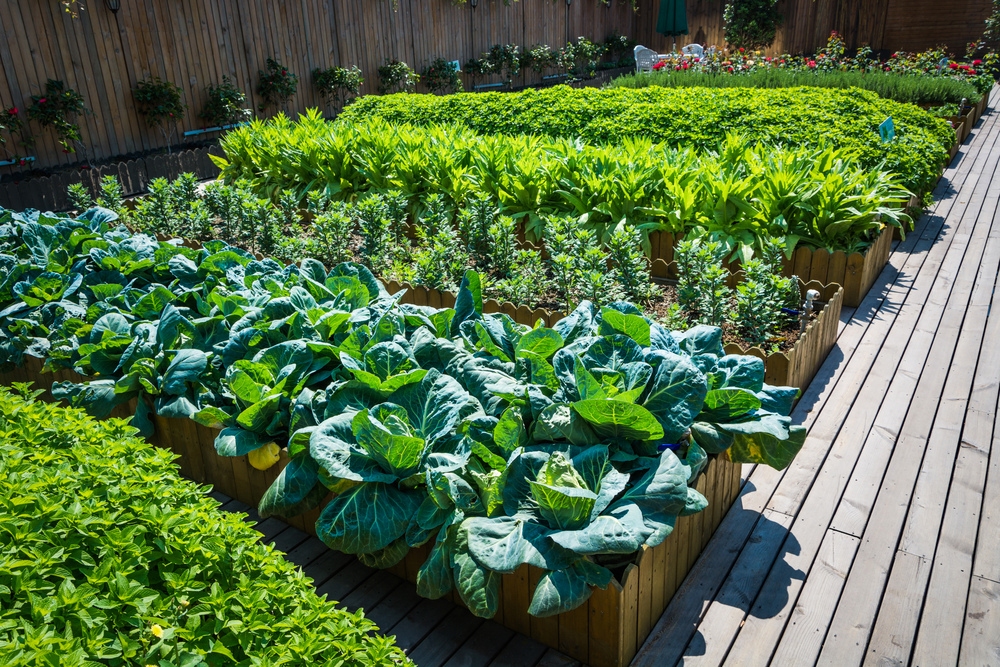
A. Types of Plants that Thrive in Containers
- Herbs:
- Herbs are excellent candidates for container gardening due to their compact size and versatile culinary uses. Common herbs like basil, parsley, mint, rosemary, and thyme thrive in containers and can be easily harvested for fresh flavorings in cooking.
- Choose compact herb varieties that are well-suited to container growth, such as bush basil, compact rosemary, and dwarf parsley. Plant herbs in well-draining soil and provide them with adequate sunlight and regular watering to ensure healthy growth.
- Vegetables:
- Many vegetables can be successfully grown in containers, making them ideal choices for small-space gardening. Popular container vegetables include tomatoes, peppers, lettuce, carrots, and radishes.
- Select dwarf or compact vegetable varieties that are specifically bred for container gardening, such as patio tomatoes, mini bell peppers, and baby carrots. Ensure containers have sufficient depth and drainage to accommodate root growth, and provide vegetables with full sunlight and consistent watering for optimal production.
- Flowers:
- Flowers add beauty and color to container gardens, enhancing their visual appeal and creating a welcoming atmosphere. Choose flowering plants with a variety of colors, textures, and bloom times to create dynamic container arrangements.
- Consider planting annual flowers like petunias, marigolds, geraniums, and impatiens for season-long color and blooms. Select perennial flowers like lavender, sedum, coreopsis, and salvia for long-lasting beauty and interest in container gardens.
- Succulents and Cacti:
- Succulents and cacti are well-suited to container gardening, thanks to their drought-tolerant nature and low-maintenance requirements. These plants come in a wide range of shapes, sizes, and colors, making them ideal choices for creating unique and eye-catching container displays.
- Choose a variety of succulent and cactus species with different textures and growth habits to create visually appealing arrangements. Plant them in well-draining soil mixes specifically formulated for succulents and cacti, and provide them with bright sunlight and minimal watering to thrive.
B. Considerations When Choosing Plants for Containers
- Sunlight Requirements:
- Consider the amount of sunlight your outdoor space receives throughout the day when selecting plants for containers. Choose plants that match the light conditions of your environment, whether it’s full sun, partial shade, or full shade.
- Place sun-loving plants like tomatoes, peppers, and petunias in containers that receive at least 6-8 hours of direct sunlight per day. Opt for shade-tolerant plants like lettuce, impatiens, and ferns for containers in shady or partially shaded areas.
- Watering Needs:
- Pay attention to the watering needs of different plants when selecting them for containers. Choose plants with similar water requirements to simplify watering and maintenance routines.
- Select drought-tolerant plants like succulents, cacti, and lavender for containers in hot, sunny locations. Opt for moisture-loving plants like ferns, caladiums, and peace lilies for containers in shaded or moisture-retentive areas.
- Growth Habits (e.g., Trailing, Compact, Upright):
- Consider the growth habits and mature sizes of plants when planning container arrangements. Choose plants with compatible growth habits to prevent overcrowding and competition for space.
- Combine trailing plants like ivy, sweet potato vine, and trailing petunias with upright or compact plants like geraniums, coleus, and snapdragons to create balanced container compositions. Arrange taller plants towards the center or back of containers and shorter plants towards the edges or front for a visually pleasing effect.
V. Designing Aesthetic Arrangements
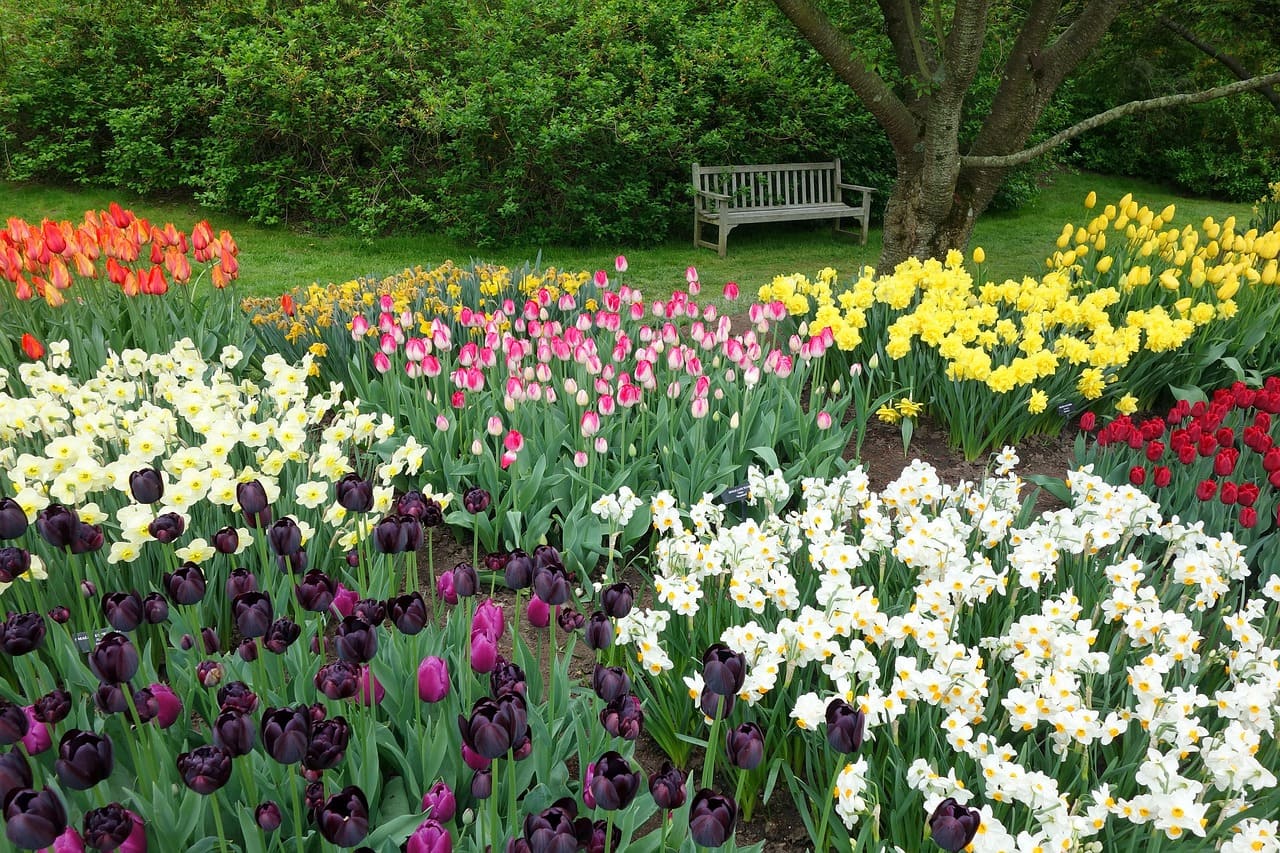
A. Principles of Container Garden Design
- Color Coordination:
- Color coordination plays a crucial role in creating visually appealing container arrangements. Choose plant combinations that complement each other and create harmonious color schemes.
- Consider using color theory principles, such as complementary colors (opposite on the color wheel), analogous colors (adjacent on the color wheel), or monochromatic schemes (variations of a single color), to create visually striking combinations.
- Experiment with bold, vibrant colors for a lively and energetic feel, or opt for soft, pastel hues for a more serene and calming effect.
- Texture Variation:
- Texture variation adds depth and interest to container arrangements, creating visual contrast and tactile appeal. Combine plants with different leaf shapes, sizes, and textures to create dynamic compositions.
- Mix fine-textured plants like ferns, grasses, and delicate flowers with coarse-textured plants like succulents, cacti, and ornamental grasses for a visually engaging contrast.
- Incorporate plants with interesting foliage features, such as variegated leaves, fuzzy textures, or dramatic foliage patterns, to add intrigue and dimension to your container gardens.
- Height and Proportion:
- Height and proportion are essential elements of container garden design, helping to create balanced and visually appealing arrangements. Pay attention to the mature sizes and growth habits of plants when arranging them in containers.
- Use a combination of tall, medium, and trailing plants to create vertical interest and fill out containers effectively. Arrange taller plants towards the center or back of containers and shorter plants towards the edges or front to achieve proper balance and proportion.
- Consider the scale of containers in relation to the size of plants, ensuring that they complement each other and create a cohesive overall look. Avoid overcrowding containers or using plants that will outgrow their allotted space, as this can lead to an unbalanced and cluttered appearance.
B. Tips for Creating Visually Appealing Container Arrangements
- Thriller, Filler, and Spiller Technique:
- The thriller, filler, and spiller technique is a popular method for creating balanced and visually appealing container arrangements. Choose one focal point plant (thriller), several medium-sized plants to fill out the container (filler), and trailing or cascading plants to spill over the edges (spiller).
- Select tall, upright plants like ornamental grasses, spike plants, or vertical accents as thriller plants to add height and drama to containers. Surround them with medium-sized plants like annual flowers, herbs, or compact shrubs to fill out the middle of the container. Finally, add trailing or cascading plants like trailing petunias, ivy, or sweet potato vine to spill over the edges and soften the container’s edges.
- Mixing and Matching Plant Varieties:
- Get creative with plant combinations by mixing and matching different varieties to create unique and visually stunning container arrangements. Experiment with contrasting colors, textures, and foliage shapes to create dynamic compositions.
- Consider incorporating a variety of plant types, such as flowers, foliage plants, grasses, and herbs, to add diversity and interest to your container gardens. Mix annuals with perennials, cool-season plants with warm-season plants, or sun-loving plants with shade-tolerant plants to create visually dynamic displays.
- Don’t be afraid to experiment with unconventional plant combinations or unexpected pairings to add personality and character to your container gardens. Embrace your creativity and let your imagination run wild when designing container arrangements.
- Adding Decorative Elements:
- Enhance the visual appeal of your container gardens by incorporating decorative elements like rocks, ornaments, mulch, or decorative pots. These accents can add interest, texture, and personality to your container arrangements.
- Use decorative rocks or pebbles as mulch around the base of plants to create a polished and finished look. Arrange ornamental objects like sculptures, statues, or ceramic pots strategically within containers to add focal points and visual interest.
- Consider incorporating natural elements like driftwood, seashells, or pinecones into container arrangements to add a touch of rustic charm or coastal flair. Experiment with different materials and textures to create unique and personalized container gardens that reflect your individual style and taste.
VI. Container Gardening Maintenance
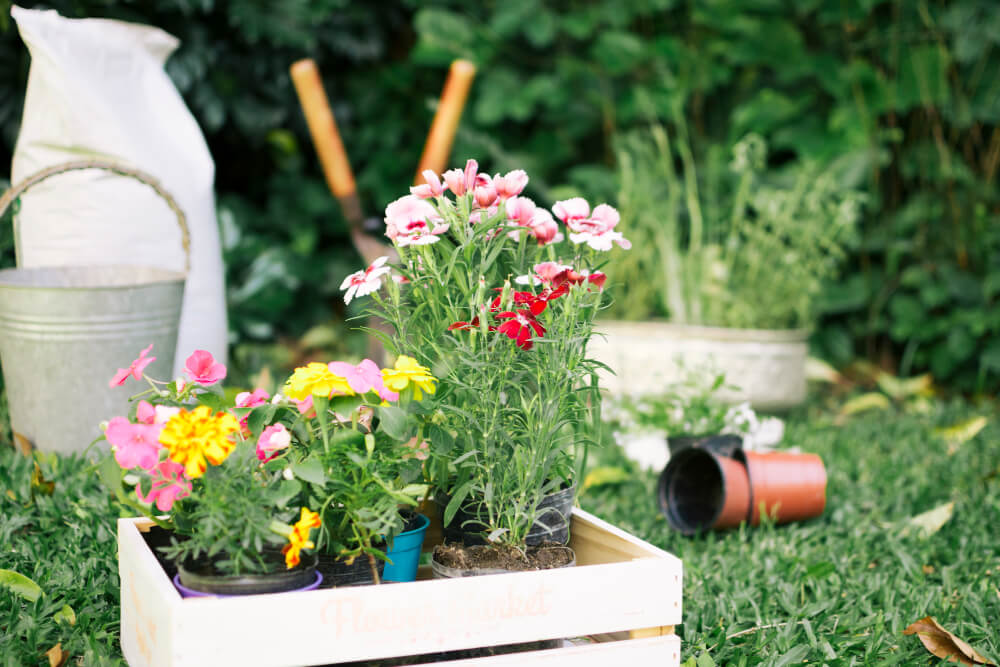
A. Essential Care Tasks for Container Gardens
- Watering Frequency and Techniques:
- Proper watering is essential for the health and vitality of container plants, as they rely on you for their water supply. Monitor soil moisture levels regularly and water containers whenever the top inch of soil feels dry to the touch.
- Use a watering can, hose with a gentle spray nozzle, or drip irrigation system to water containers thoroughly, ensuring that water penetrates the entire root ball. Avoid overwatering, as this can lead to root rot and other moisture-related issues.
- Consider factors like temperature, humidity, and plant type when determining watering frequency. Plants may require more frequent watering during hot, dry weather or less frequent watering during cooler, wetter conditions.
- Fertilizing Requirements:
- Container plants often require regular fertilization to replenish nutrients depleted from the soil over time. Choose a balanced, water-soluble fertilizer formulated for container plants and apply it according to label instructions.
- Start fertilizing container plants a few weeks after planting and continue throughout the growing season, typically every 2-4 weeks. Avoid over-fertilizing, as this can lead to nutrient imbalances and fertilizer burn.
- Consider using slow-release fertilizers or organic fertilizers to provide a steady, gradual supply of nutrients to container plants over time. These fertilizers are less likely to cause nutrient leaching or salt buildup in container soil.
- Pruning and Deadheading:
- Regular pruning and deadheading help promote healthy growth, control plant size, and encourage continuous flowering in container plants. Remove dead, diseased, or damaged foliage and flowers as needed to maintain plant health and appearance.
- Use clean, sharp pruners or scissors to make clean cuts, and avoid tearing or damaging plant tissue. Prune back overgrown or leggy growth to encourage branching and bushier growth habits.
- Deadhead spent flowers regularly to prolong the blooming period and prevent the plant from expending energy on seed production. Pinch or snip off faded flowers at the base of the stem to encourage new flower buds to form.
B. Troubleshooting Common Issues
- Pests: Monitor container plants regularly for signs of pest infestations, such as chewed foliage, holes in leaves, or visible insects. Common container garden pests include aphids, spider mites, whiteflies, and caterpillars.
- Diseases: Keep an eye out for symptoms of plant diseases, such as yellowing or spotted foliage, moldy growth, or wilting. Common container garden diseases include powdery mildew, leaf spot, and root rot.
- Nutrient Deficiencies: Watch for signs of nutrient deficiencies in container plants, such as yellowing leaves, stunted growth, or poor flowering. Common nutrient deficiencies include nitrogen, phosphorus, and potassium.
- Integrated Pest Management: Implement integrated pest management (IPM) strategies to control pest populations effectively and minimize pesticide use. Use natural predators, such as ladybugs or predatory mites, to control aphids and other pests. Practice good cultural practices, such as proper watering and sanitation, to reduce pest and disease pressure in container gardens.
- Disease Prevention: Prevent plant diseases by practicing good sanitation, such as removing fallen leaves and debris from containers, sterilizing tools between uses, and avoiding overhead watering. Provide adequate air circulation around plants and avoid overcrowding containers to reduce the risk of fungal diseases.
- Nutrient Management: Address nutrient deficiencies by fertilizing container plants with a balanced fertilizer containing essential macro and micronutrients. Test soil pH and nutrient levels periodically and amend soil as needed to correct imbalances and promote healthy plant growth.
Container gardening offers numerous benefits for individuals with limited outdoor space. From balconies and patios to small yards and urban rooftops, containers provide a versatile and accessible way to enjoy gardening and connect with nature.
